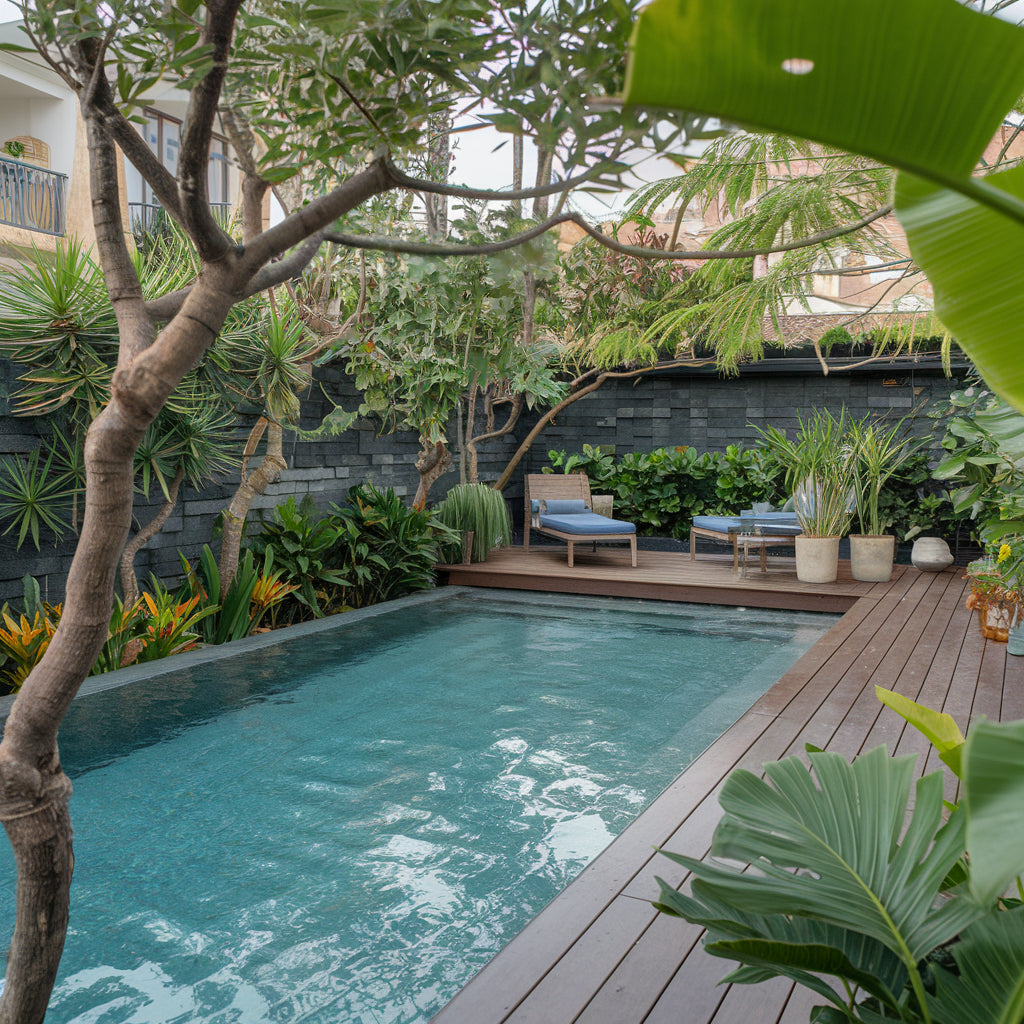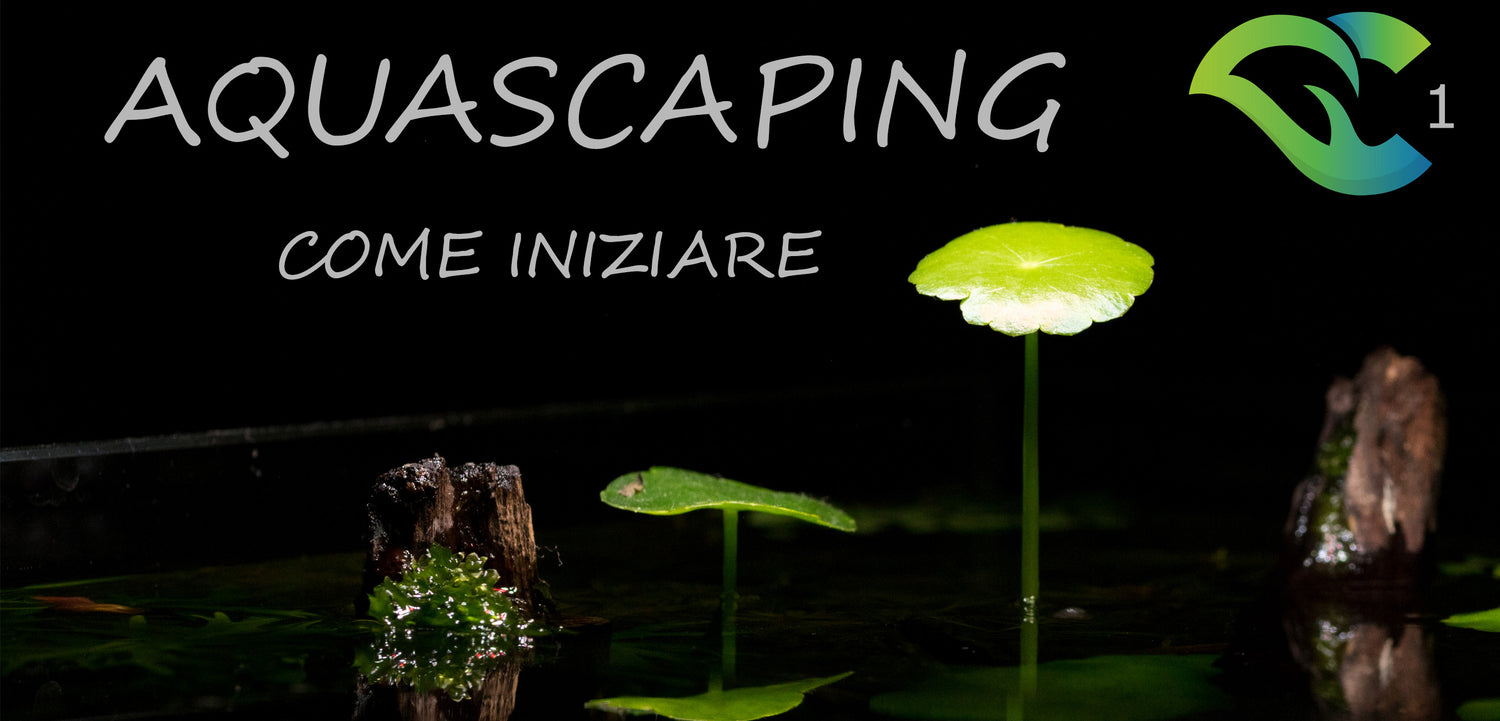The aquarium it is not just a glass container that houses fish and plants, with the sole purpose of beautifying our homes. I think this still very widespread general view needs to be corrected.
An aquarium is art. It is a small natural world that develops within a closed ecosystem.
This also means that starting from an empty aquarium, and then seeing it with some nice fish running around inside, there are many processes and wonders in the middle of the path that are often not considered. As well as the management of the ecosystem which does not only concern the well-being of the fish, as this will be the product of how we will manage everything around them and therefore the basis of their habitat. I will not go into the long talk of how to start and manage an aquarium, I leave you here the link to address the topics in a specific way: 1.How to start an aquarium.
But what is aquascaping?
Aquascaping encompasses everything related to the admirable natural processes that take place in an aquarium and, through creativity, develops real works of art.

Aquascaping therefore means knowing well the "natural rules" dictated by aquarists, adapting and organizing them in suggestive natural scenarios.
Inside there are various techniques, tools and styles.
When we do aquascaping we are artists or "aquascapers", and everyone develops his creativity in a different way, regardless of the techniques and tools we use.
As Takashi Amano, creator and founder of aquascaping, teaches us, the foundation for starting to develop a natural aquarium lies in observing nature and learning from it.
HOW TO GET STARTED.
Aquascaping is not as many believe, neither difficult nor very expensive in terms of money and time. It is simply the next artistic step, after understanding the basics and management mechanisms of an aquarium.
Obviously, difficulties, time and money depend exclusively on the qualitative result to be obtained. However, creating a low-cost, medium-easy-to-manage aquascape is accessible to everyone.
My advice is to start on the right foot, following the right advice, to avoid losing money and having to restart an aquarium from scratch.
In this regard, in my CTaquascaping shop you will find complete kits that can provide excellent results even for beginners.

IF YOU ARE AT THE FIRST WEAPONS HERE ARE SOME OF MY ADVICE:
- CHOICE OF THE TANK:
I think the choice of the tub is quite irrelevant to the result, it all depends on the space available and the starting budget.
The only advice I can give is not to start either with tanks that are too big and difficult to manage and with higher accessory costs, or with tanks that are too small (under 30 liters) as it is often more difficult to maintain a certain balance in the water values (especially during the start-up phase).

- ACCESSORIES:
The selection of accessories depends on the characteristics of the tub and the result to be achieved. In addition to a good filtration system and a thermostat heater it will be necessary to achieve the right balance between LIGHTING - CO2 - FERTILIZATION. (See my article on this topic: Plants in the aquarium )
In this regard, my advice is not to show off saving on these three elements. They will be fundamental to obtain good results with plants and in general with a good balance in our tank.



Lighting CO2 plants Fertilizers
- EQUIPMENT MATERIALS:
Consider the materials divided into two sections.
FUND. The choice of the base is fundamental for the growth of many rooting plants (eg Cryptocorine) and for the release of nutrients. My advice is to avoid allophanic lands such as Akadama or other similar ones since they have as their characteristic the absorption of salts in water, bringing Kh and Gh values to almost zero, in an initial phase that will be quite long.
I therefore recommend starting with fairly simple sands and gravels (while still providing balanced fertilization) to make the "start-up" of the tank easier. Furthermore, immediately obtaining a better aesthetic result.
ROCKS and WOODS. There are various types of rocks and woods and their choice depends a lot on the aesthetic result that is designed.
I only recommend that you be careful of types of limestone that can change the chemical characteristics of your water and at the same time many roots can create contrary and turbidity situations.
Warning: almost all the roots will need to purge for a period ranging from a week to a month and will create harmless whitish patinas (eg mucilage) and cloudiness. I recommend to purge them before their insertion in the aquarium.
As for PLANTS and FISHES, I leave you below the links related to the different topics:
The contents on the blog "ACQUARI e ACQUASCAPING", of which the blog owner is the author, cannot be copied, reproduced, published or redistributed because they belong to the author himself.
It is forbidden to copy and reproduce the contents in any way or form.
The publication and redistribution of content not expressly authorized by the author is prohibited.
Copyright © 2021 ACQUARI e AQUASCAPING by Christian Tapella. All rights reserved




1 comment
Montesano Antonio
Grazie
Leave a comment
All comments are moderated before being published.
This site is protected by hCaptcha and the hCaptcha Privacy Policy and Terms of Service apply.